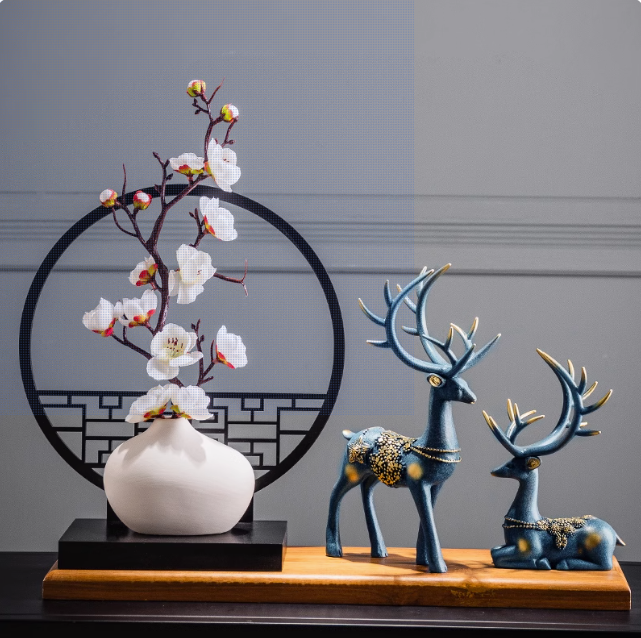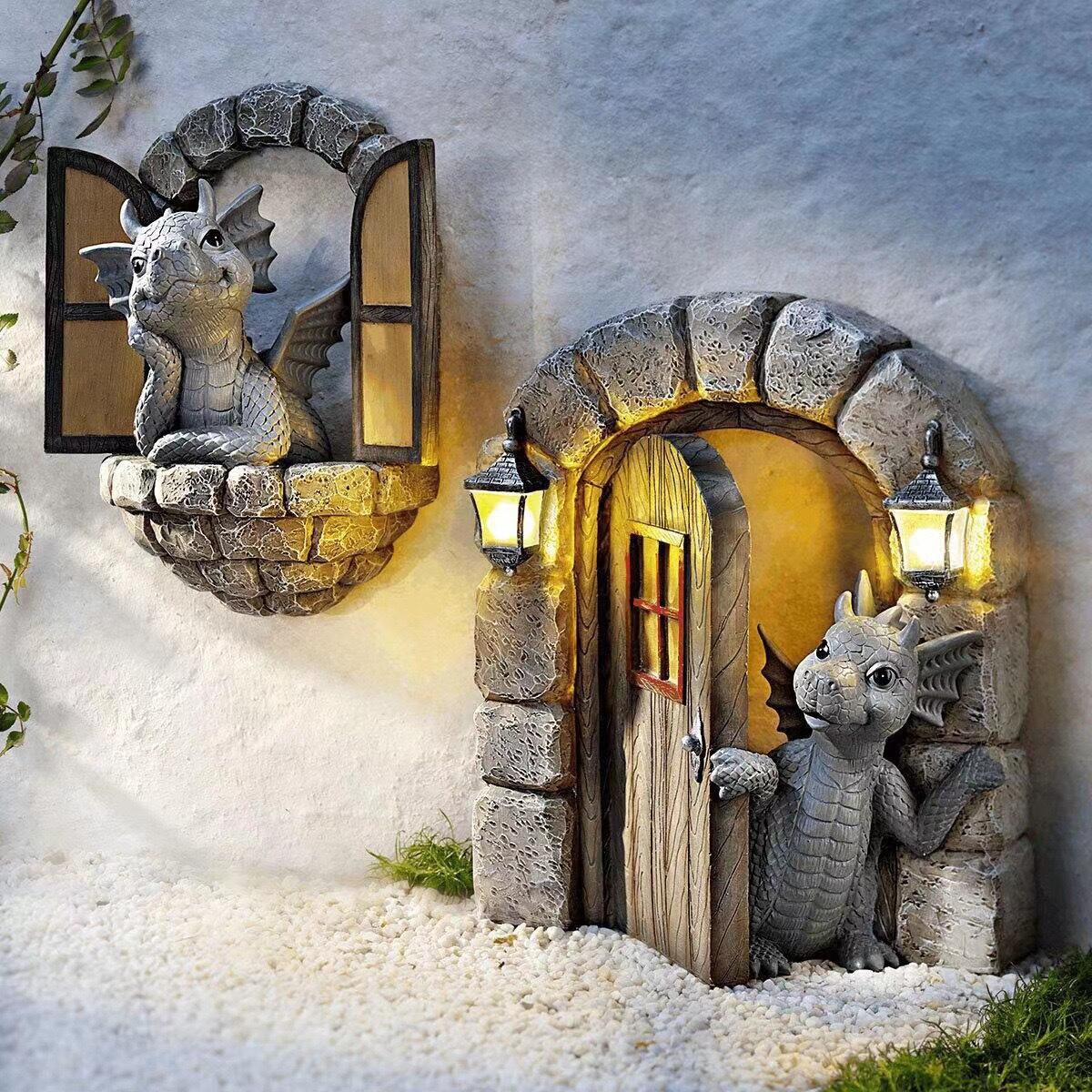The world of designer toys is a thrilling landscape of creativity, boasting limited editions, unique characters, and stunning artistry from renowned creators. For parents, these objects are more than playthings; they are collectibles, potential heirlooms, and a way to foster a child's appreciation for design. But when these coveted items are destined for a child's hands, a critical question overshadows all others: "How can I ensure this beautiful object is truly safe for my child?"
This guide is designed to answer that exact question. We will move beyond simple "check for small parts" advice and delve into the advanced safety considerations that discerning parents and collectors need to know. We'll decode safety standards, analyze materials, and provide a practical checklist to empower you to make informed, confident decisions about bringing designer toys into your child's world.

Why Toy Safety is Non-Negotiable, Especially for Designer Items
The importance of toy safety is paramount. Unlike mass-produced toys from major brands that have rigorous, standardized testing baked into their development process, the designer toy market can be more fragmented.
Small Batch Production: Some designer toys are produced in small batches or by individual artists, which may not always undergo the same level of formalized third-party testing.
Artistic vs. Functional Design: The primary focus might be on aesthetic appeal, which could sometimes lead to design choices (sharp edges, unique small accessories, specific paint applications) that require extra scrutiny for child safety.
The "Collectible" Label: An item marketed as a "collectible" or "for adult display" may legally bypass certain child safety regulations. It is up to the parent to recognize this and assess its suitability for their child's age and maturity.
Long-Term Value: A safe toy is a durable toy. Ensuring that a designer toy is made from high-quality, non-degrading materials protects your financial investment and its sentimental value.
What Defines a "Safe" Designer Toy? It's More Than Meets the Eye
A truly safe toy for children is a multi-faceted product. It must be:
Physically Safe: Free from sharp points, sharp edges, and small parts that could cause choking or aspiration hazards for the intended age group. It must be structurally sound to avoid breakage that creates hazardous fragments.
Chemically Safe: Made from non-toxic materials that do not contain harmful levels of heavy metals (like lead or cadmium), phthalates, BPA, or other hazardous chemicals. This includes substrates (plastics, resins), paints, and coatings.
Physiologically Safe: Designed appropriately for the child's physical capabilities and developmental stage (e.g., no excessively loud noises that can damage hearing, no strings long enough to pose a strangulation risk).
How to Vet the Safety of a Designer Toy: A Step-by-Step Action Plan
Don't rely on the brand's reputation alone. Become a proactive safety inspector using this checklist.
Step 1: Decode the Labels and Certifications
This is your first and most crucial line of defense. Look for marks that indicate independent, verified testing.
Age Grading: This is not a suggestion; it's a safety warning based on choking hazards. Never give a toy with an "Age 14+" label to a toddler.
-
Safety Standard Marks: Look for these icons on the packaging or product description:
CE Marking (Conformité Européenne): Indicates conformity with health, safety, and environmental protection standards for products sold within the European Economic Area. It often accompanies the EN71 standard for toy safety.
ASTM F963: The mandatory U.S. toy safety standard set by the American Society for Testing and Materials.
UKCA Marking: For toys sold in Great Britain post-Brexit.
Material-Specific Certifications: Look for mentions like "Phthalate-Free," "BPA-Free," or "CPSIA Compliant" (U.S. Consumer Product Safety Improvement Act).
Step 2: Interrogate the Materials and Construction
If the product listing doesn't provide enough information, don't hesitate to contact the seller or manufacturer directly. Ask:
"What type of plastic/resin is used?" Preferred, well-understood materials include ABS (hard, durable, excellent for snapping together), PVC (soft, flexible, but ensure it's phthalate-free), and high-quality polyresin (for statues, ensure it's non-brittle).
"What kind of paint is used?" Ask if they use non-toxic, child-safe acrylic paints that are sealed to prevent chipping and flaking.
"How are small parts attached?" For figures with accessories, ensure that small components are either permanently fused or too large to be a choking hazard.
Step 3: Perform Your Own Physical Inspection
Once the toy is in your hands, give it a thorough examination.
The "Choke Tube" Test: Use a choke tube tester (readily available online) or a simple toilet paper roll. If any small part fits completely inside the cylinder, it is a choking hazard for children under 3.
Check for Integrity: Apply gentle pressure to the toy. Does it feel sturdy or does it flex in a way that might snap? Are there any visible seam lines that could be a point of breakage?
Look for Sharp Edges: Run your fingers along all surfaces, especially where two parts connect.
Sniff Test: A strong, unpleasant chemical odor can be a red flag for off-gassing or the use of inferior materials.
The Role of Materials: Why What It's Made Of Matters Most
Understanding materials is key to assessing safety and quality.
-
ABS Plastic:
Pros: Incredibly strong, scratch-resistant, excellent color fastness. The gold standard for construction toys and high-end action figures. Easily cleaned.
Cons: Can be hard; if a thin part breaks, it might develop a sharp edge.
-
PVC (Phthalate-Free):
Pros: Soft, flexible, and excellent for creating vinyl figures and soft accessories. Allows for intricate sculpting.
Cons: Requires additives to be flexible. Always insist on phthalate-free PVC to avoid harmful plasticizers.
-
TPE/TPR (Thermoplastic Elastomer/Rubber):
Pros: A safe, non-toxic alternative to PVC for soft, squeezable parts. Often used for stress balls and softer toy components.
Cons: Can be less durable over time and may attract dust.
-
Polyresin:
Pros: Exceptional for capturing minute sculptural details, has significant weight and a premium feel. Ideal for display-oriented statues and collectibles for older children.
Cons: Can be brittle and may break if dropped, potentially creating sharp fragments or small parts. Best for older children who understand careful handling.
A Final Checklist for the Discerning Parent
Before handing a designer toy to your child, quickly run through this list:
Age Grade is appropriate for my child.
Safety Certification mark (CE, ASTM, etc.) is present.
Materials are listed and are known to be non-toxic (e.g., ABS, Phthalate-Free PVC).
Paint is described as non-toxic and is sealed/does not rub off easily.
No small parts can be removed or are loose (for kids under 3).
No sharp points or edges are detectable.
The toy is sturdy and does not seem prone to breaking.
The toy has no strong chemical smell.
Conclusion: Safety Enables Enjoyment
The goal isn't to create fear but to foster confidence. The vibrant designer toy community is full of responsible creators who prioritize safety. Your role as a parent is to be the final, most important quality control check. By understanding the "why" and "how" behind toy safety, you can confidently curate a collection that is not only visually stunning and creatively stimulating but also a safe haven for your child's imagination to play. Remember, the very best designer toys are those that blend breathtaking art with impeccable, trustworthy safety.
Table of Contents
- Why Toy Safety is Non-Negotiable, Especially for Designer Items
- What Defines a "Safe" Designer Toy? It's More Than Meets the Eye
- How to Vet the Safety of a Designer Toy: A Step-by-Step Action Plan
- The Role of Materials: Why What It's Made Of Matters Most
- A Final Checklist for the Discerning Parent
- Conclusion: Safety Enables Enjoyment
